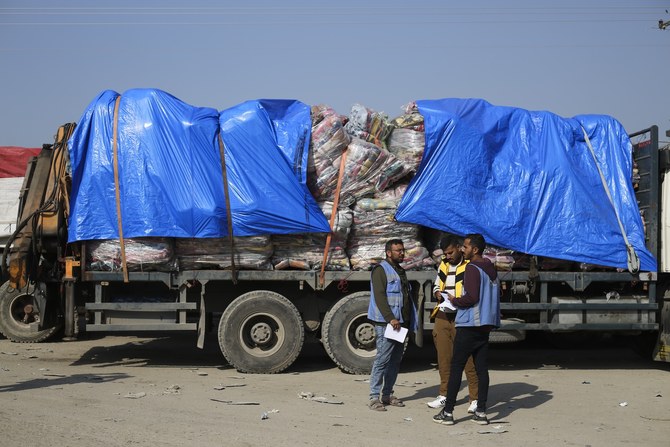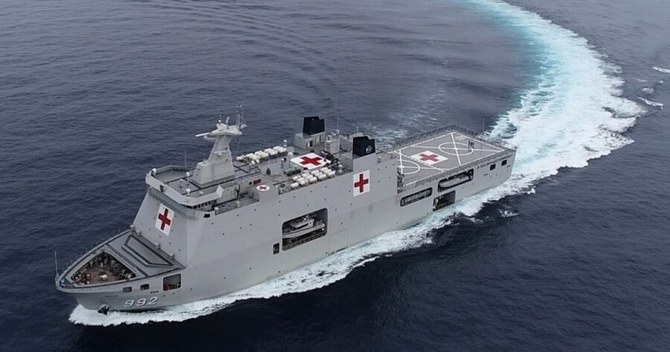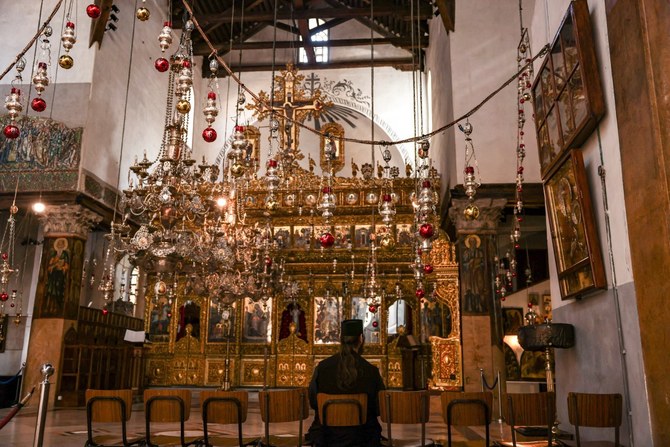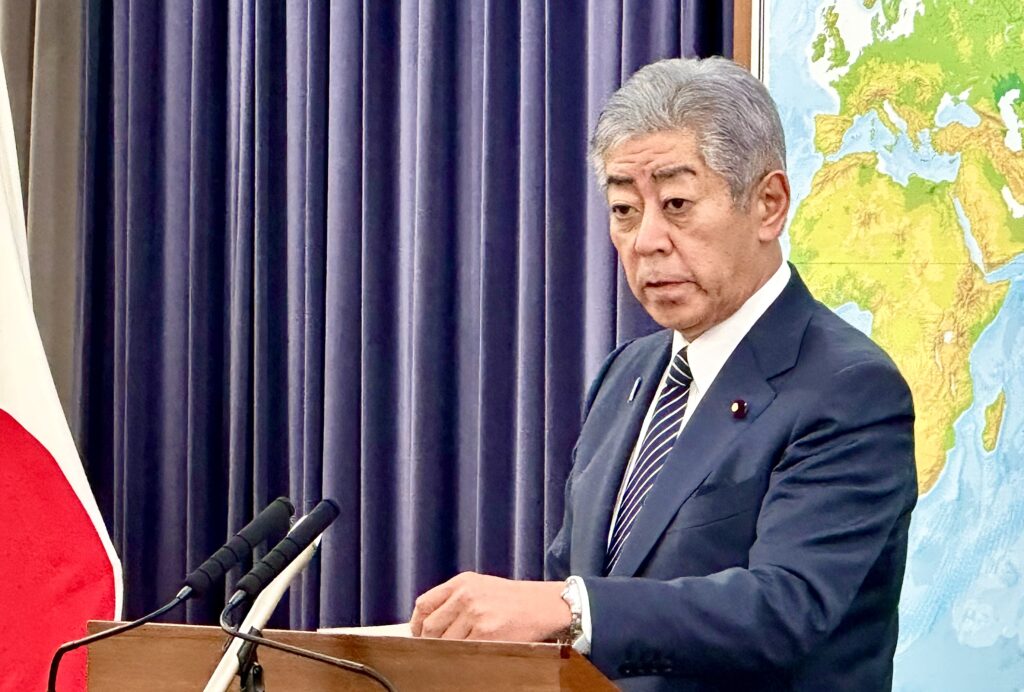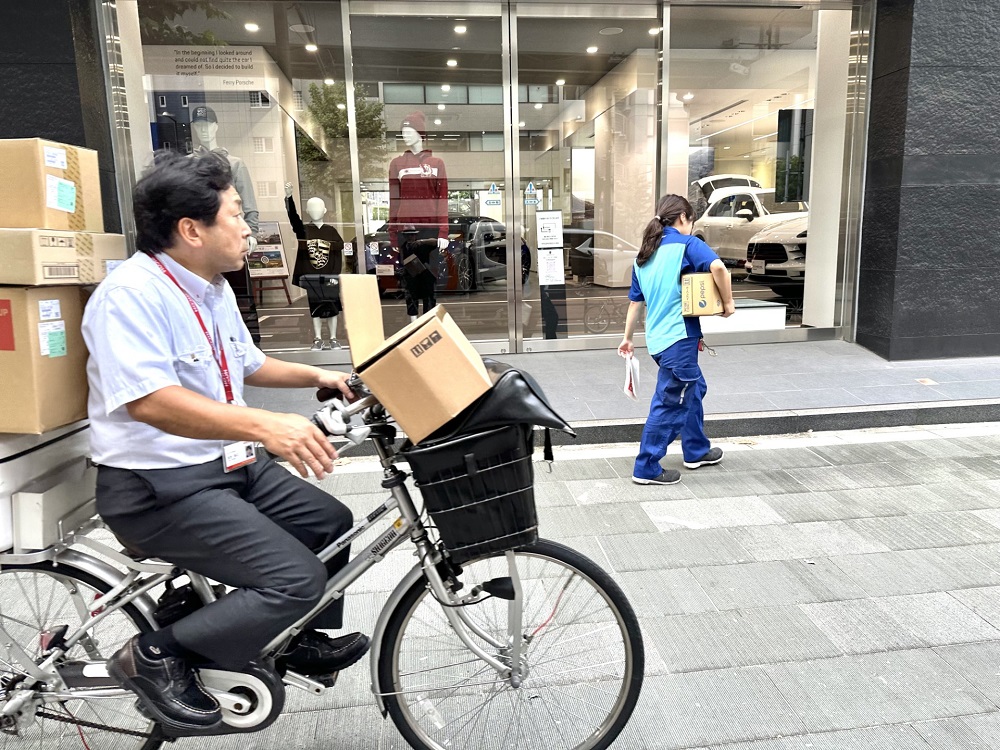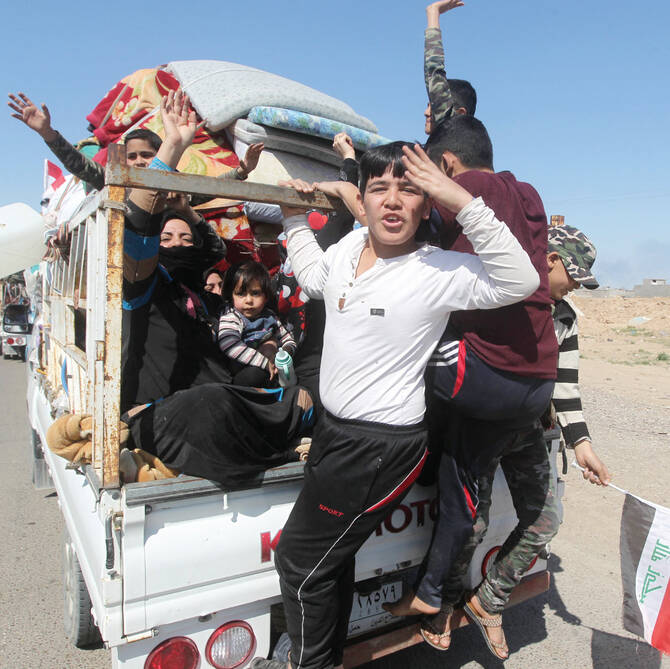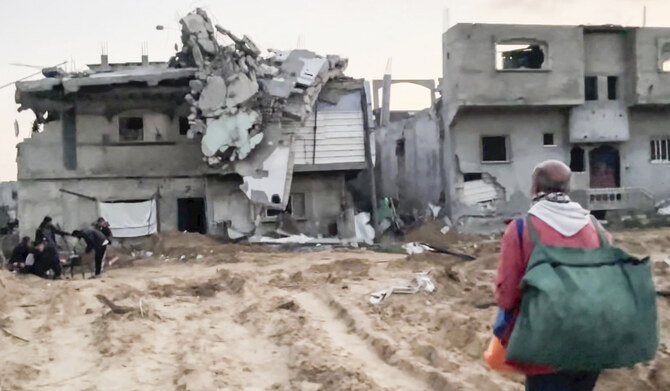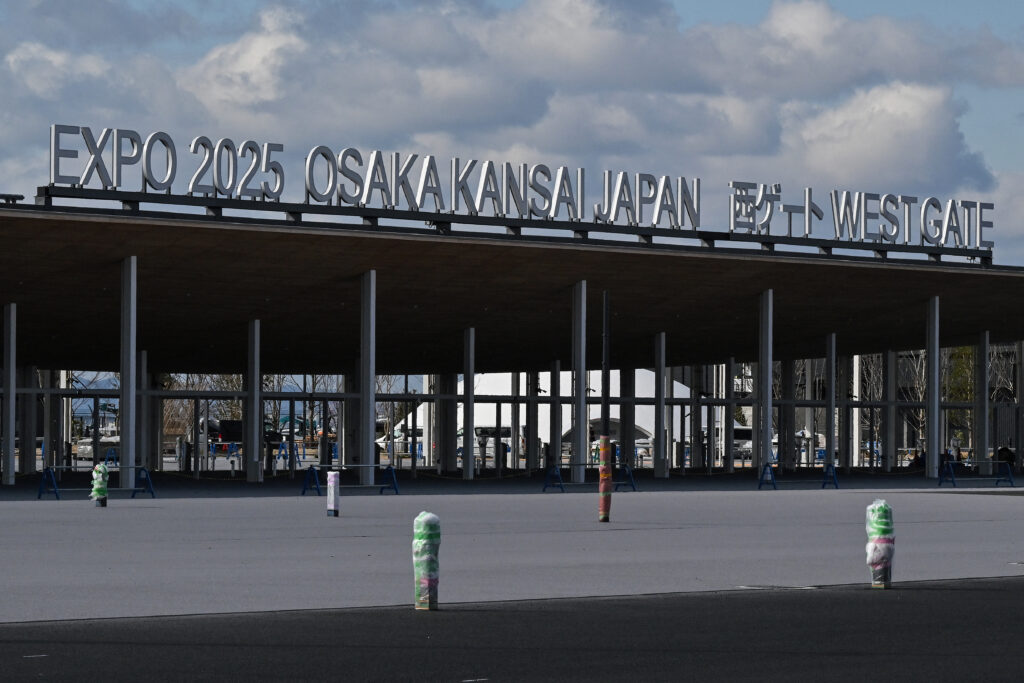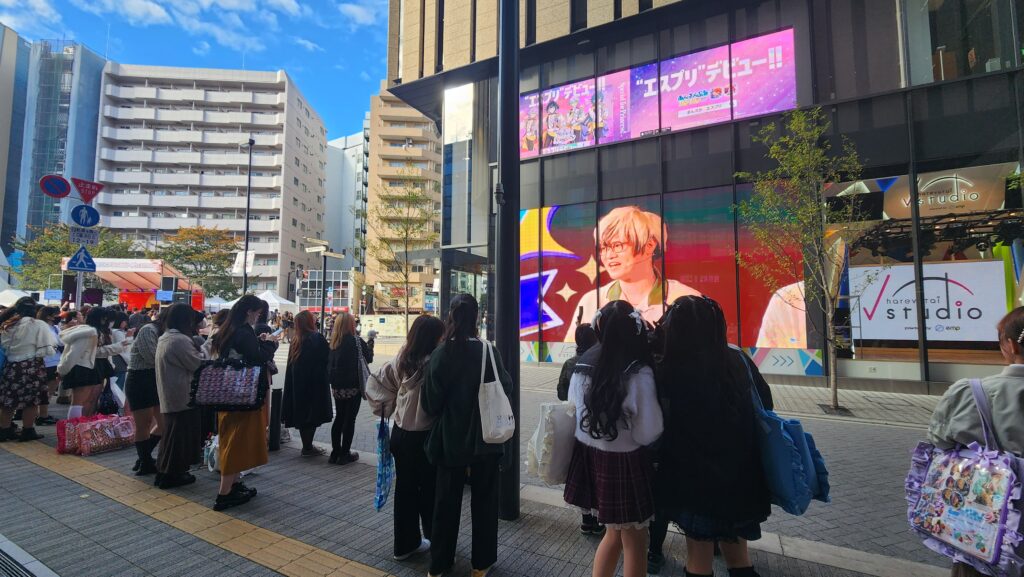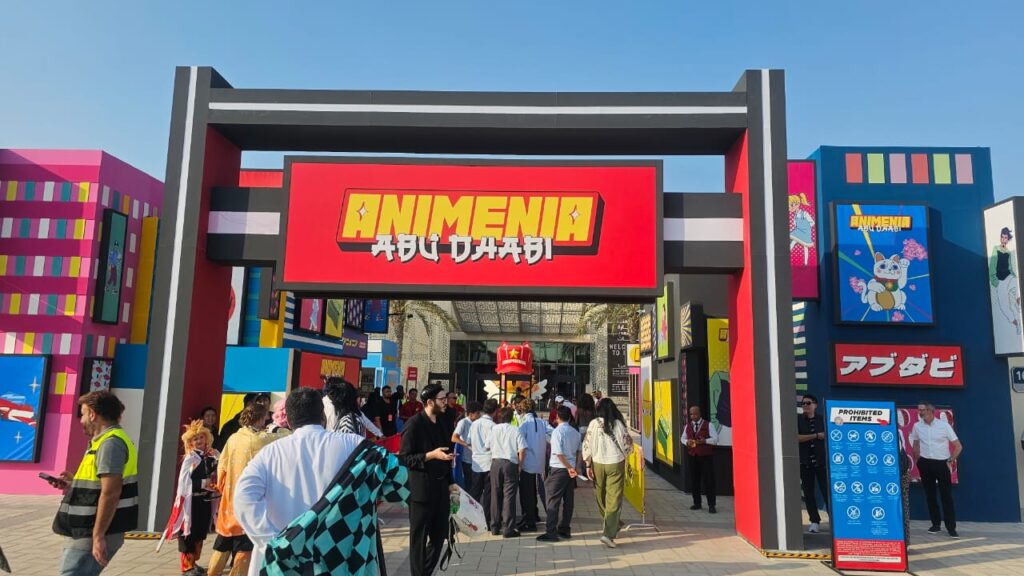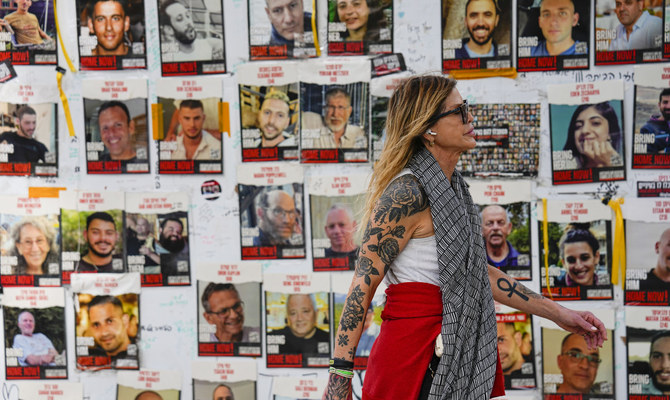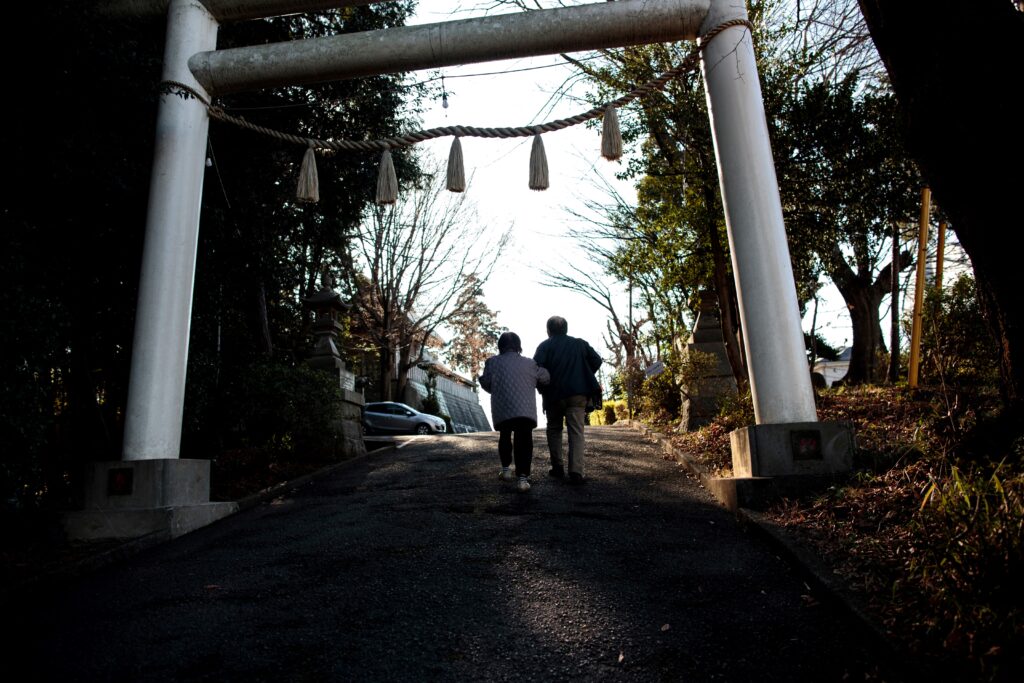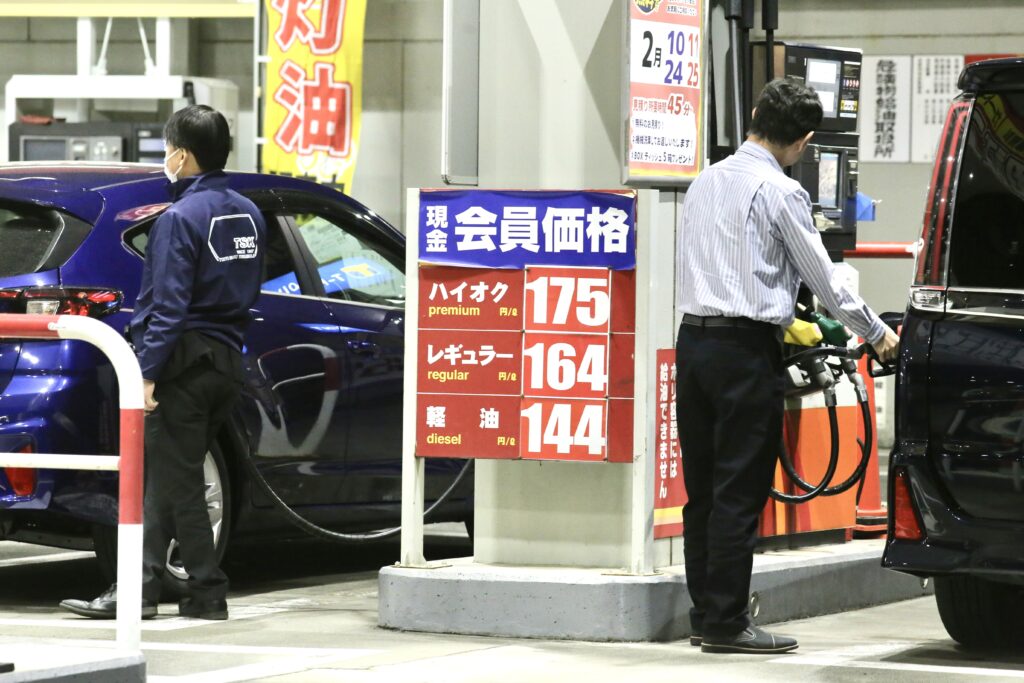ATHENS: For more than two months, the Gaza Strip has struggled to cope with one of the most acute humanitarian disasters in recent memory. The death toll from Israel’s retaliatory operations and bombings campaigns, which began after a deadly Hamas attack on Oct. 7, has now passed 20,000. Now the besieged enclave, which was already struggling to survive prior to the recent violence, is hanging by a thread.
This is not to say that there has not been an outpouring of aid into Gaza; Saudi Arabia’s aid agency, KSrelief, alone has sent 33 relief flights and four ships to Egypt to provide aid to Gazans. However, according to Juliette Touma, the director of communications of the UN Relief and Works Agency for Palestine Refugees in the Near East, said “the international aid that is coming into Gaza is not enough and has not been enough since the war began.”
Touma, who has worked with the UN for over 20 years in war zones in Syria, Iraq, Libya, Sudan and Yemen, said that the scale of the crisis in Gaza is “unprecedented.”
Touma explained that Gaza was under a “totally hermetic siege” for the first two weeks after the war began on Oct. 7, with no aid or commercial goods allowed into the area. Finally, on Oct. 21, the first pieces of aid began to trickle in slowly and painstakingly, though only through the Rafah crossing with Egypt, rather than the Kerem Shalom crossing with Israel, which is traditionally used for the transport of UN aid.
While the current flow of 100 trucks per day into Gaza seems like a lot, Touma says this is far below the level of incoming aid that it was before the war, which amounted to 500 trucks per day — which is also the bare minimum amount of aid that Gazans need to survive.

“The minimum that Gaza needs is 500 (trucks per day). And it’s not just humanitarian aid, because humanitarian aid cannot do it alone. There needs to be a return to sending in commercial goods and commercial supplies so that the markets can reopen and reestablish themselves,” Touma said.
Describing a recent visit to Gaza, Touma stated that the “vivid, vibrant market” that once provided Gazans with goods was completely shut down.
“Every single shop was closed, every pharmacy was closed. There were a couple of bakeries that I saw that were open; there were some vegetable stalls. But apart from that, there was no private sector,” she explained.
Israel only allowed commercial goods to enter Gaza through the Kerem Shalom crossing on Dec. 18, more than 10 weeks after the area fell under siege. This is not the first time that border crossings have been used as a pressure card against the population of Gaza; just one month before the most recent Israel-Hamas war broke out, Israel put a halt to all commercial exports coming through Kerem Shalom after allegedly discovering an attempt to smuggle explosives through the crossing. This caused many merchants, who normally export their goods and materials to the West Bank, to incur massive losses.
“Food and fuel and water have been used as a weapon of war in Gaza,” Touma said.
“People have lost everything, and they literally need everything. Some of them ran out in the middle of the night with nothing on them. They’ve arrived and entered a shelter just with their clothes on them. I’ve met people who have not changed their clothes for 45 days,” she added.

Lack of proper clothing or shelter material grows potentially more deadly with increasingly inclement weather in Gaza. The UNRWA has posted footage showing refugees in flimsy tents completely soaked through by heavy downpours, and temperatures are set to drop below 10 degrees Celsius in January.
At the end of November, the fighting came to a much-needed pause when a temporary ceasefire was negotiated by Qatar and Egypt, with Hamas agreeing to release some of the hostages they had kidnapped on Oct. 7 in exchange for the release of Palestinians detained in Israeli jails.
Touma said that the ceasefire was “very, very welcome,” and “a big respite to the people in Gaza.”
“It allowed us in the humanitarian community to bring in more assistance, and it allowed us access to areas that we could not reach prior to that pause, which is mainly north of the Gaza Strip,” she said.
A ceasefire, Touma added, is still just one small step toward preventing complete humanitarian collapse in the Gaza Strip.
“A pause is the bare minimum that needs to happen; another pause similar to what we had just recently, and in the medium-term a humanitarian ceasefire, and in the long-term, a solution — a peaceful solution — to what has been one of the longest crises globally … in recent history,” she said.
“For people who have served with UNRWA much longer than I, they definitely say that this is nothing like they’ve ever seen,” she added.
The UNRWA has recorded 170 strikes on its facilities during the war, according to Touma, who says that the utter destruction of the humanitarian sector is taking its toll on the displaced and stretching her organization’s capabilities to their limits.

“We’ve never, ever imagined (we would) host 1.4 million people in our facilities; we’ve only planned for 450,000. So we’re now at eight or nine times more than what we planned. The volume, the velocity, the levels of destruction are just unprecedented.”
Members of the UNRWA have also fallen victim to the merciless bombardments, with the agency announcing the loss of 136 of its workers since Oct. 7 — the highest number of UN workers killed in any conflict in its history. Touma stated that 70 percent of UNRWA staff are themselves displaced, and are currently living in UN shelters.
As to whether or not the UNRWA plans to file complaints or take some kind of legal action for their staff members who have been killed, injured, and displaced by Israeli military action, Touma says “we don’t know yet.”
However, she explains that “once the war is over, there should be investigations and there should be accountability to look into what happened; to look into the violations across the board in Gaza, including those that involve our staff.”



